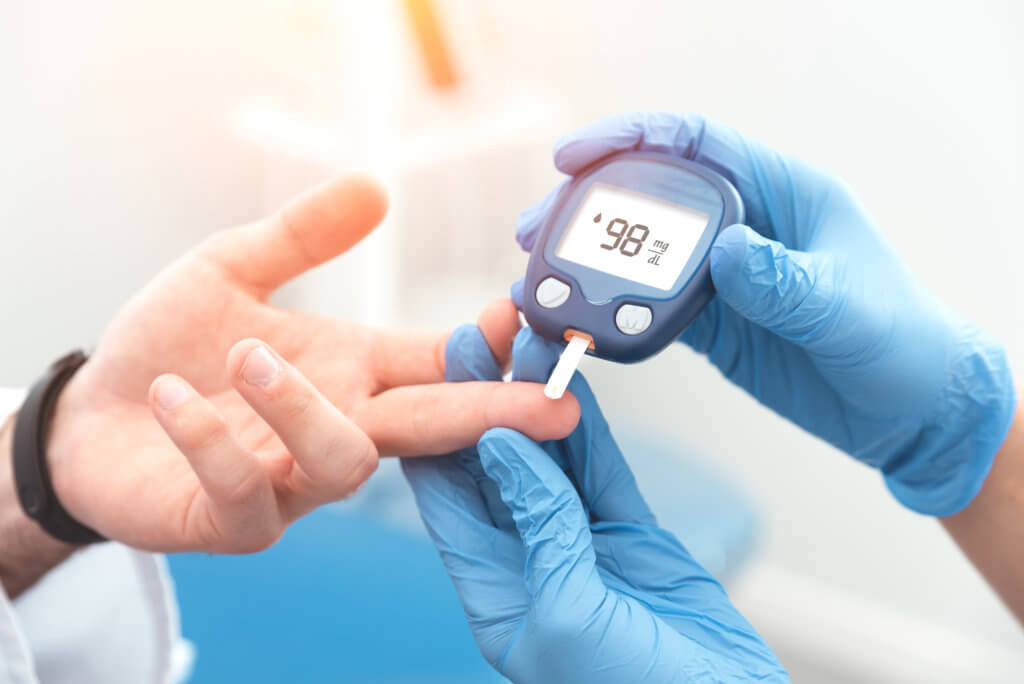MELBOURNE, Australia — A revolutionary new diabetes treatment is on the horizon. Researchers at the Baker Heart and Diabetes Institute have made significant strides in managing diabetes by regenerating insulin-producing cells in the pancreas. This discovery could potentially eliminate the need for regular insulin injections for diabetic patients.
The team found that the EZH2 inhibitors GSK126 and Tazemetostat regenerates insulin cells and makes them functional within 48 hours. Moreover, they are already approved by the U.S. Food and Drug Administration.
These drugs, typically used for rare cancers, were found to reactivate the insulin-producing capabilities in pancreatic cells that are usually destroyed in people with Type 1 diabetes.
This sweeping finding is not limited to a specific age group as the research confirmed its effectiveness in individuals between seven and 61 years-old. Using cells from both child and adult donors with Type 1 diabetes, as well as from a non-diabetic individual, researchers demonstrated the restored ability of these cells to sense glucose and secrete insulin.

“We consider this regenerative approach an important advance towards clinical development,” says study author Sam El-Osta, professor at the Baker Heart and Diabetes Institute in Australia, in a media release. “Until now, the regenerative process has been incidental, and lacking confirmation, more importantly the epigenetic mechanisms that govern such regeneration in humans remains poorly understood.”
Currently available diabetes treatments primarily focus on controlling blood glucose levels but do not address the underlying destruction of insulin-secreting cells. This novel therapy, however, could modify the disease by using the patient’s remaining pancreatic cells to produce insulin in response to glucose, thereby potentially freeing patients from the constant need for insulin injections.

This approach is particularly promising for Australians living with insulin-dependent diabetes, who make up 30 percent of those with Type 2 diabetes. It also addresses the critical issue of donor organ shortages for pancreatic transplants.
Dr. Keith Al-Hasani, a senior research fellow at JDRF, a nonprofit organization that funds Type 1 diabetes treatments, emphasized the urgency of advancing this research. The team is now preparing to test this regenerative method in a preclinical model, aiming to develop these inhibitors into drugs that can restore insulin production in diabetic patients.
With over 530 million adults currently living with diabetes worldwide — a number expected to increase to 643 million by 2030 — the rapid translation of this research into practical treatments is of paramount importance.
The study is published in the journal Signal Transduction and Targeted Therapy.
Comparing Type 1 and Type 2 Diabetes
Diabetes is a chronic health condition that affects how your body turns food into energy. There are two main types of diabetes: Type 1 and Type 2. While they share a common name, their causes, development, and management are quite different.
Type 1 diabetes is an autoimmune condition where the body’s immune system attacks and destroys the insulin-producing beta cells in the pancreas. This results in the body producing little to no insulin. It’s often diagnosed in children and young adults, but it can develop at any age.
Key Characteristics:
- Autoimmune response destroys insulin-producing cells
- Not preventable
- Usually diagnosed in childhood or young adulthood
- Insulin is always required for treatment
Treatment Options:
- Insulin Therapy: Essential for survival in Type 1 diabetes. It’s usually administered through injections or an insulin pump.
- Blood Sugar Monitoring: Regular monitoring is crucial to manage blood sugar levels.
- Diet and Exercise: A balanced diet and regular exercise are important to manage weight and overall health.
- Carbohydrate Counting: Helps in calculating insulin dosage based on the carb intake.
Type 2 diabetes occurs when the body doesn’t use insulin properly or doesn’t make enough insulin. It’s often related to lifestyle factors and genetics and is more common in adults, although it’s increasingly being diagnosed in younger people too.
Key Characteristics:
- Insulin resistance or insufficient insulin production
- Often associated with obesity or overweight
- More common in adults but increasingly diagnosed in children
- Sometimes manageable through lifestyle changes
Treatment Options:
- Diet and Exercise: Key components in managing Type 2 diabetes. A healthy diet and regular physical activity can sometimes control blood sugar levels.
- Medications: If lifestyle changes aren’t enough, medications like Metformin are often prescribed to help the body use insulin more effectively.
- Insulin Therapy: Some people with Type 2 diabetes may require insulin.
- Blood Sugar Monitoring: Regular testing is important to keep track of blood sugar levels.
For both types of diabetes, maintaining a healthy diet, regular physical activity, and keeping a check on blood sugar levels are essential. Monitoring cholesterol, blood pressure, and attending regular health check-ups are also important to manage complications.
Recent research, including regenerative therapies and novel medications, is showing promise in treating both types of diabetes, potentially making management easier and more effective in the future.
If you or someone you know is dealing with diabetes, it’s important to consult with healthcare professionals for personalized treatment and management plans. Diabetes is a complex condition, but with the right care and treatment, individuals can lead a healthy and active life.
